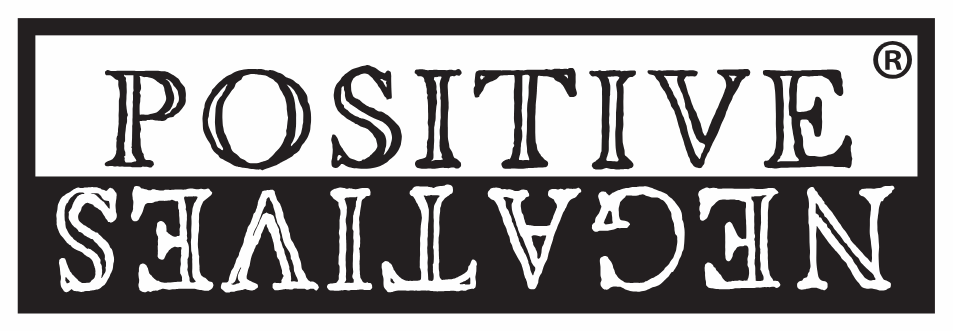A Future for Syria
A Future for Syria follows the experiences of one Syrian woman who dedicated her life to education.
⚠️ Content warning: Depictions of violence
Length: 04:41
Partners: Peace Research Institute Oslo (PRIO), The Research Council of Norway
Credits: Diala Brisly (illustration and Animation), John Servante (Script writer), Simon Abu Assali (Sound & Music), Zeina (Voice Over), Dr Kjetil Selvick (Research), Dr Cindy Horst (Research Director), Dr Benjamin Worku-Dix (Director)
Based on life story interviews with education volunteers, ‘A Future for Syria’ is part of the wider TRANSFORM research project investigating how and why people commit to small, everyday acts of heroism in conflict settings. As the film reveals, individual actions can go a long way in challenging dehumanisation and abuse.
As educational activists across Syria fight to continue primary level education, they give Syria’s children hope for a better future.
Senior Researcher at NUPI, Kjetil Selvik, is the main researcher of the Syria study at PRIO. He explains: “in our research, we find that local communities and individuals self-organize education in an emergency and persist against all odds. We study their personal motivation and the meaning they attach to education under revolution and war”.
Selvik also reminds us that “opening schools is about providing hope for children who have suffered the consequences of war and imagining a better future for Syria. We want these incredible stories to reach and inspire new audiences, and to show how individuals make a difference, in Syria and beyond”.
